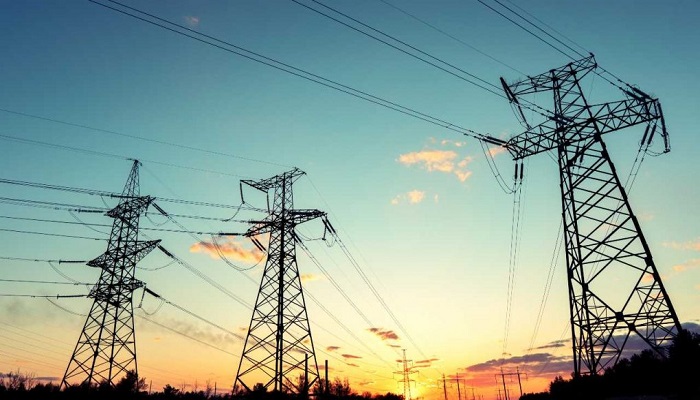Greece’s Centre for Research and Technology- CERTH researchers have gone on to develop an algorithm so as to maximize the autonomy of the smart grid under emergency scenarios.
The algorithm, which happens to be developed by CERTH as part of its EU-funded microgrid project TIGON, gives priority to renewable energy sources- RES and makes use of artificial neural networks so as to provide forecasts that are related to intermittent RES production.
As per the researchers in their paper, the evaluation when it comes to smart grid operation within emergency situations, the normal operation in terms of smart grids happens to be challenged by emergencies that need a decision support system that alters the energy management system accordingly, taking into account numerous disconnected elements.
It is well to be noted that these emergencies go on to include partial or complete blackouts as well as disconnection from the main grid, pushing the tools to be developed as part of a broader decision support system used by operators. Once such an emergency gets detected, the faulty part within the smart grid requires to be disconnected.
Due to the algorithm, an optimizer gets automatically altered for such emergencies, thereby excluding the faulty component from the model, and uses the upgraded smart grid measurements as input, which have components like PV as well as wind generator production, state of charge of the battery energy storage system- BESS, load, etc.
As per the paper, the output, when it comes to a modified optimal energy management system, has in it the optimal decisions with regards to the charge or discharge of each BESS, fuel-based production, as well as RES curtailments, if needed.
The algorithm came out of the project’s research, which went on to find that an emergency affecting smart grid’s RES at noon happens to have the potential to slash the grid’s autonomy by 46%, and the emergency affecting storage may as well cause curtailments of almost 25% in RES production.
It is worth noting that the evaluation of each emergency goes on to include the decrease in autonomy as well as the sustainability of smart grid operation with regards to curtailments as well as CO2 emissions, among other elements.
Investigating numerous cases to underscore the impact of every element’s disconnection on the smart grid during varied time intervals, the algorithm got applied to a model of a smart grid in Spain, which also had PVs, a wind generator, a small diesel generator, two BESSs, residential loads, along with EVs as different elements.
As per the research, the PV system’s loss happens to have a major impact vis-à-vis the loss of a wind generator since the PV system went on to produce more energy daily, even when the wind generator produces on a consistent basis.
But the most significant of the findings, the researchers add, is that the loss when it comes to RES during noon hours, whether entirely or partially, goes on to affect the post-emergency capacities of the smart grid. Especially when such emergencies go on to cause the discharge of the BESS systems, which would otherwise be charged along with surplus RES.
Moreover, the research states the significance of having a rich mix of energy sources as well as storage systems that may fully or partially go on to cover the demand if in case one component has to be disconnected.
It also goes on to note that, with regards to CO2 emissions, even though the diesel generator happens to be beneficial in terms of smart grid autonomy, it may also be more harmful for the environment vis-à-vis the energy injected from the main grid if latter has in it enough RES production to have reduced emissions per kWh.




































